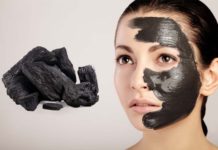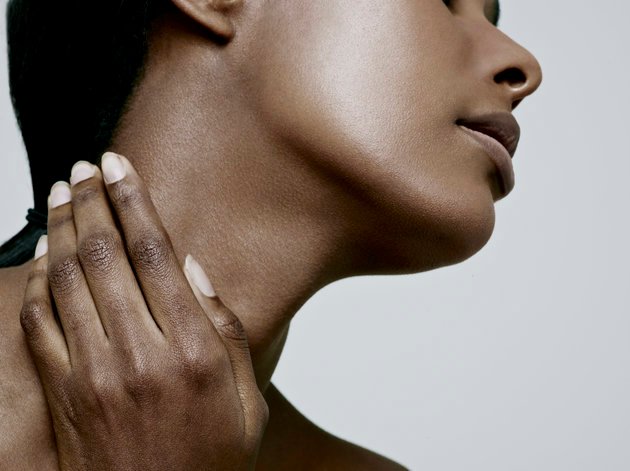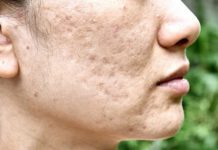For many people, declining skin health is one of most loathsome effects of getting older. As we age, our skin loses its elasticity, becomes thinner and drier, and its ability to repair dwindles. A new study, however, has uncovered an antioxidant that could delay skin aging.
Researchers reveal how a compound called methylene blue reduced signs of aging in human skin cells, as well as in a 3-D model of human skin.
Lead study author Zheng-Mei Xiong, an assistant research professor of cell biology and molecular genetics at the University of Maryland (UMD) in College Park, and colleagues say that their findings indicate that methylene blue could be added to cosmetic products to help combat skin aging.
The researchers recently reported their results in the journal Scientific Reports.
Methylene blue is a compound primarily used for the treatment of methemoglobinemia, a disorder in which the blood is unable to effectively carry oxygen.
Recent studies, however, have suggested that methylene blue is effective for reducing cellular senescence – that is, the arrest of cell division, which is considered a key player in aging.
“Based on these observations, we speculate that MB [methylene blue] may effectively protect skin from oxidative stress and delay skin aging,” write the authors.
Methylene blue reduced markers of senescence in skin cells
To test their theory, Xiong and colleagues tested methylene blue and three other antioxidants – N-Acetyl-L-Cysteine, MitoQ, and MitoTEMPO – on skin fibroblasts. These are cells in the dermal skin layer that produce collagen, the skin’s primary structural protein.
The skin fibroblasts were derived from healthy middle-aged and older adults, as well as from individuals with progeria – a condition characterized by accelerated aging.
After treating the fibroblasts with methylene blue for 4 weeks, the researchers identified a decrease in reactive oxygen species, which are known to cause skin cell damage. Treatment with methylene blue also led to a reduction in markers of cellular senescence; the compound increased cell division and reduced cell death.
In fibroblasts derived from older adults, who were aged 80 and older, the researchers found that 4 weeks of treatment with methylene blue led to numerous improvements. These included a reduction in the expression of the genes beta-galactosidase and p16, which are markers of cellular aging.
“I was encouraged and excited to see skin fibroblasts, derived from individuals more than 80 years old, grow much better in methylene blue-containing medium with reduced cellular senescence markers,” says Xiong. “Methylene blue demonstrates a great potential to delay skin aging for all ages.”
The team notes that methylene blue was much better at reducing signs of aging in skin fibroblasts than the other three antioxidants tested.
Increased water retention, skin thickness in 3-D model
Next, the researchers tested methylene blue on a 3-D model of human skin, which was developed by Xiong and senior study author Kan Cao – an associate professor of cell biology and molecular genetics at UMD – using living human skin cells.
“This system allowed us to test a range of aging symptoms that we can’t replicate in cultured cells alone,” notes Cao.
The team found that the skin model not only retained more water when treated with methylene blue, but it also increased in thickness. Cao says that both increased water retention and greater skin thickness are typical features of younger skin.
Furthermore, the researchers found that methylene blue led to little or no skin irritation, which further increases the compound’s feasibility as an effective anti-aging product.
“Our work suggests that methylene blue could be a powerful antioxidant for use in skin care products. The effects we are seeing are not temporary. Methylene blue appears to make fundamental, long-term changes to skin cells.
We have already begun formulating cosmetics that contain methylene blue. Now we are looking to translate this into marketable products.”






